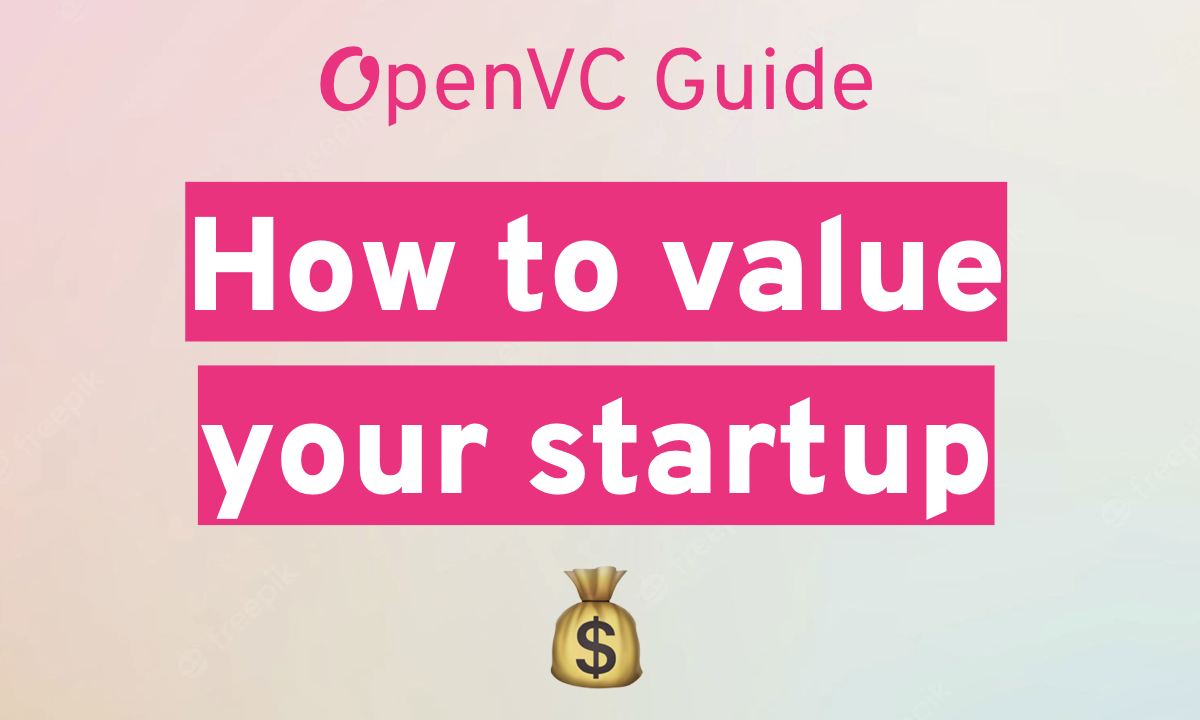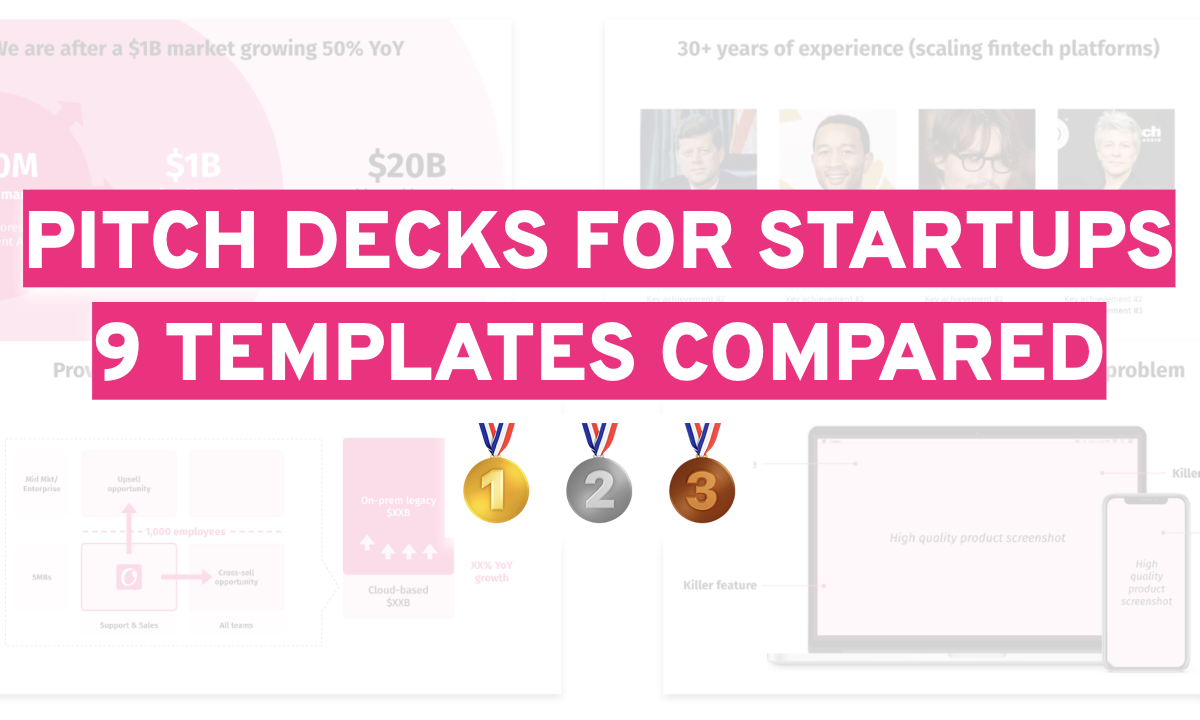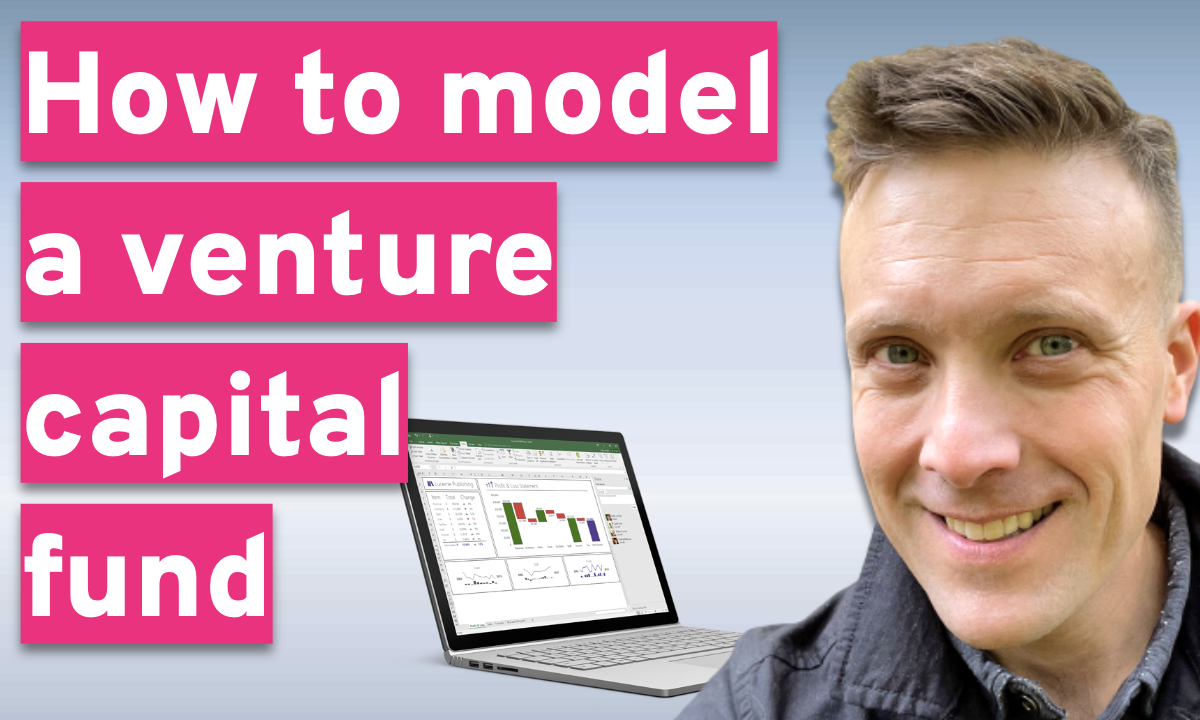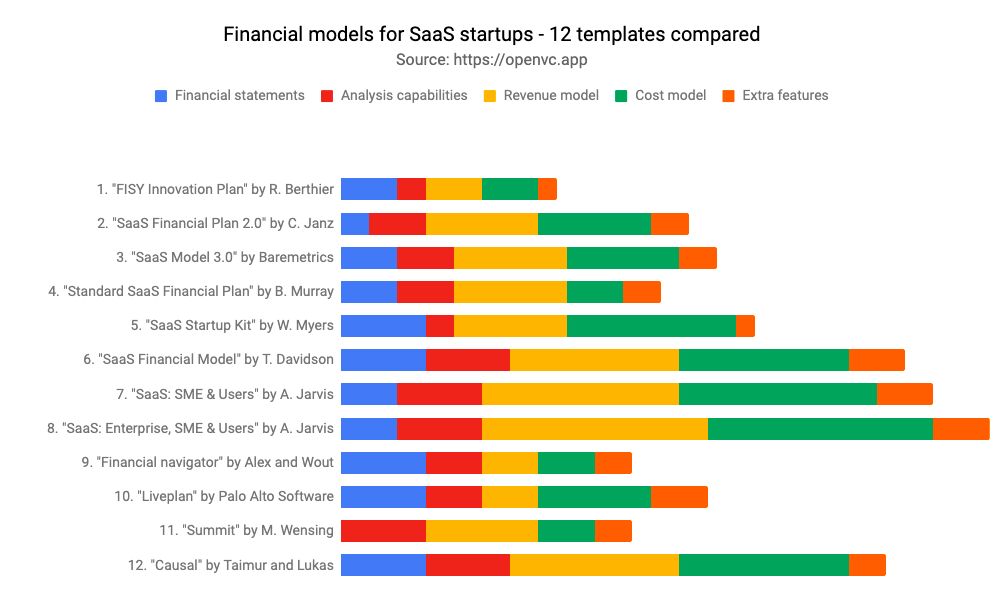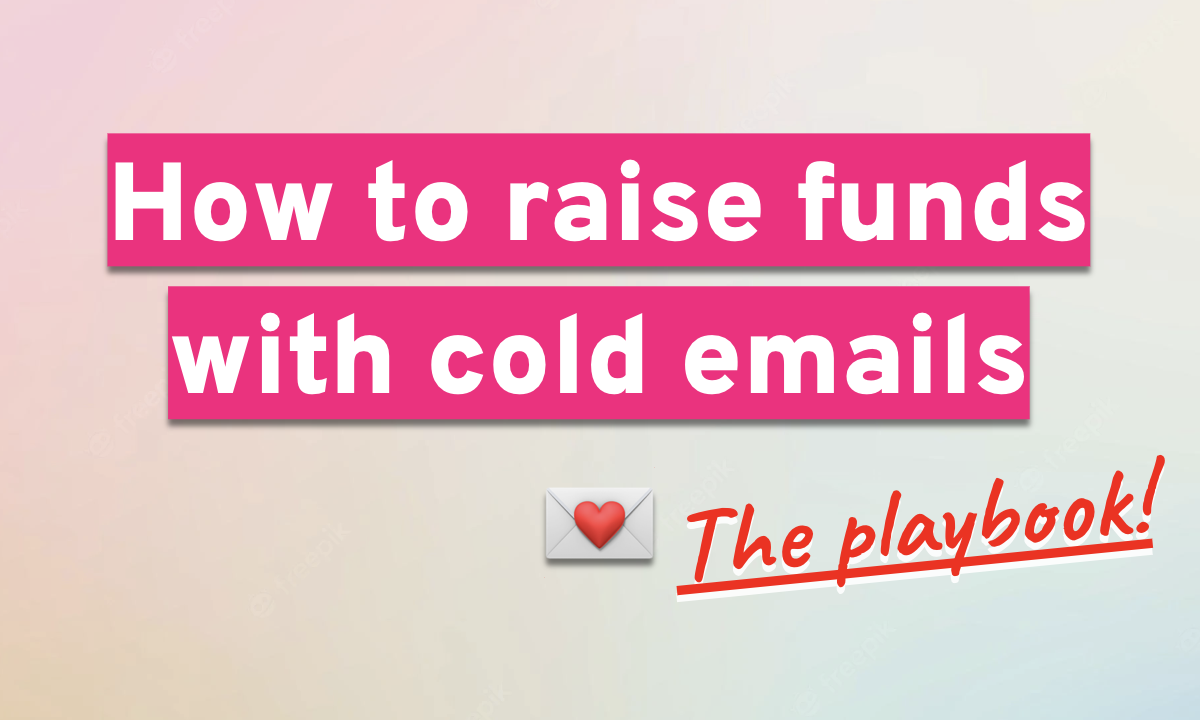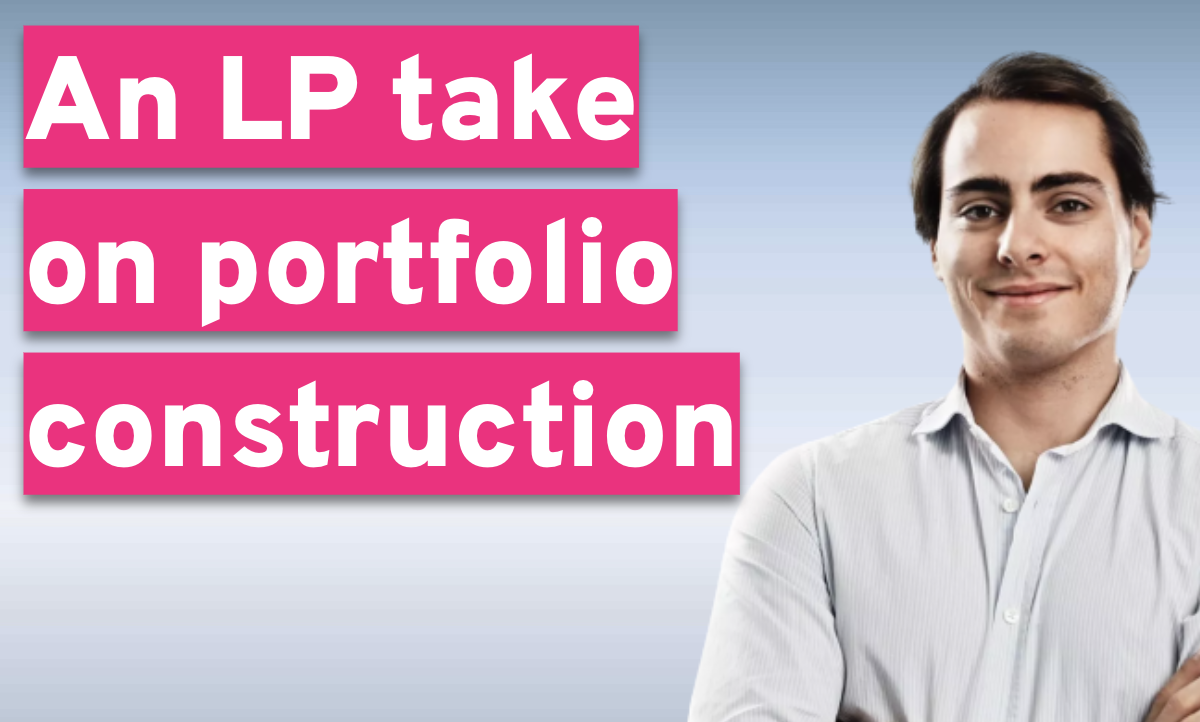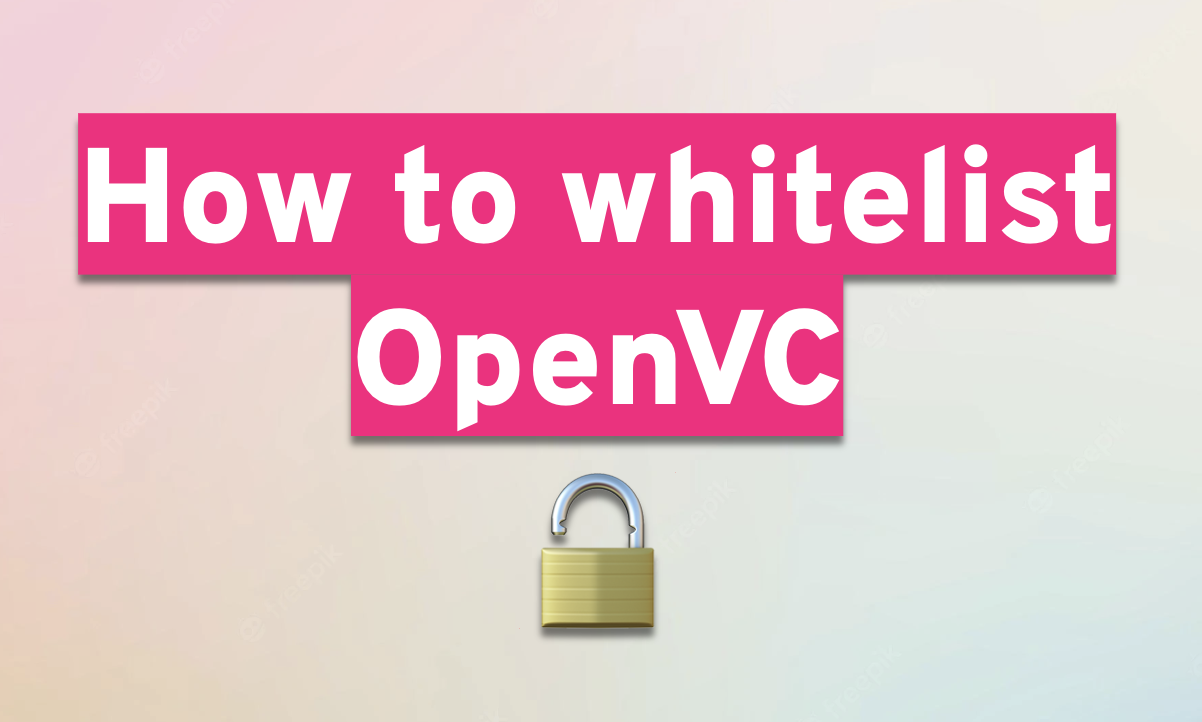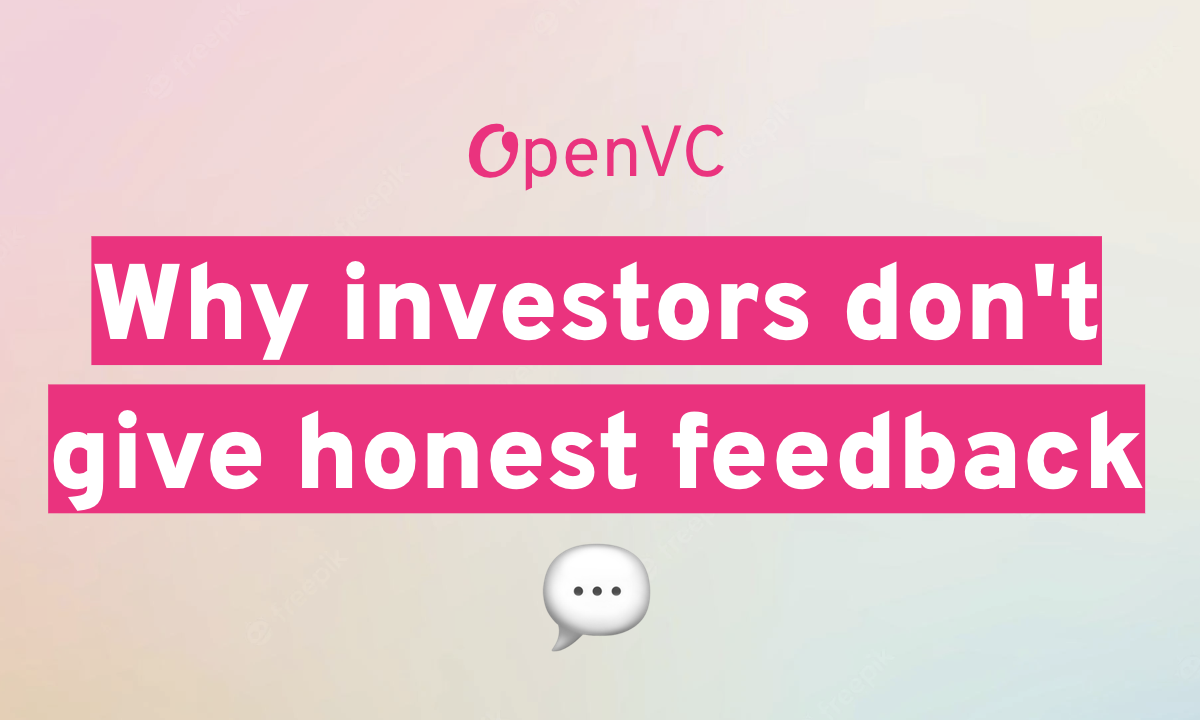Are you about to raise funds for your startup?
Bookmark this post. This is your official cheat sheet for funding.
If you follow this checklist, you will avoid all the beginner's mistakes. You will improve your chances of raising. And you may even find fundraising a pleasant experience!
90% of founders fail at raising because they are poorly prepared.
Founders please: do NOT start raising without this checklist.
Table of Contents
1. Set the fundamentals for your raise
1.1 Assess your fundability
Before chasing VCs, you should assess your fundability.
- First, is your business VC fundable at all? VCs invest in software, deeptech, biotech... not in restaurant franchises or farming businesses.
- Second, do you have to raise VC funding? Maybe you can use AI and low-code to ship your product without funding, and skip the pre-seed round entirely.
- Third, do you want to play the VC game? Once you go the VC route, you are pressured to grow fast and take risks by VCs who expect a 10x-100x return on their check.
If you answered “Yes!” to the 3 questions, here's the last one:
How sexy are you for investors?
A VC may invest in 10 companies per year, out of 5,000+ decks received. Their criteria are very specific: they want to see traction (retention, growth, usage) and track record (the founding team has non-trivial past achievements).
Empirically, this is what fundability looks like:
If you are fundable, that's great! Move to the next step.
If you're not fundable yet, you will probably have to bootstrap longer. Which sucks if you're not rich, because venture capital isn't for the poor.
Pro tip: For a precise assessment of your fundability, go to https://fundability.app/. It will benchmark you against 2,000+ other startups and help you identify red flags and quick wins.
1.2 Set your round size and valuation
Round size and valuations are not set in stone, but you should have reference points in mind before engaging with investors.
Use the framework below to determine a round size based on your track record and traction.
From there, you can determine an appropriate valuation range as shown below.
Obviously, this is a rough approach. Read our guide How to value your startup for more details!
1.3 Choose SAFE, notes, or equity
Next, pick your financial instrument: SAFE, notes, or equity.
SAFE are typically used for smaller rounds (under $2M). A SAFE is a simplified agreement where the investor gives you money now in exchange for equity later. It's cheap, fast, and convenient.
In some countries where SAFE aren't available, you may find a local equivalent (BSA Air in France) or use convertible notes as an alternative.
Equity is typically used for larger rounds (above $2M). This is the traditional way, involving term sheets, lawyers, etc. Longer and more expensive, but professional investors prefer that.
To learn more about SAFE, read our in-depth analysis written by a securities lawyer.
1.4 Build your investor list
Next, it's time to build your investor list.
Your investor list should be big enough.
At pre-seed, your list should contain 100x your round size in potential investors. If you want to raise $1M, you should have $100M in top of funnel. This is called a weighted pipeline.
Your investor list should be highly targeted.
Investors specialize alongside 4 dimensions: verticals, geographies, stage, and check size. Don't waste your time with a fintech VC if you're a biotech founder!
To learn more about investor lists, check out our tutorial ”How to build the perfect investor list”.
1.5 Design your raise strategy
Now, let's define the right approach.
Our strategy blueprint revolves around 5 concepts:
- Schedule : Plan for 6 months, plus seasonality
- Prioritization : Define your first + last waves of investors
- Momentum : Use hi-res fundraising to hook in the first checks
- Access : Determine the optimal approach for each investor
- Process : Set the Fundraising Wheel in motion
I strongly encourage everyone to read our full post on “Fundraising strategy”. It's short and contains key information that every founder should know.
2. Prepare your fundraising materials
2.1 Build your pitch deck
Your deck is your landing page for investors.
It's the first impression, so make it count.
The good news is that most founders suck at creating decks, so with a bit of effort, you can easily stand out.
Here's my step-by-step tutorial on how to build a pitch deck. It comes complete with examples and templates, so it will take you 90% of the way.
The last 10% is design. If you're like me and you have no artistic flair, it's ok to hire a designer to beautify your slides.
But remember: the deck remains your entire responsibility.
You can't outsource the outcome.
2.2 Prepare lean financials
Do you need financials at early stage?
Yes. At the very least, prepare a simple P&L, cash flow statement, and balance sheet for the next 24 months i.e. the period for which you're raising. Oh, and a cap table too.
Keep it simple and focus on the parts that are valuable for your business. For example, a hardware company would deep dive on margins and inventory, while a dating app would present an expansive growth model with CAC, LTV…
Don't start from scratch, use one of these templates (I tested them all, number 8 is my favorite).
2.3 Draft your cold email
Most cold emails suck. That's why VCs don't read them.
So we prepared a template for you 😊
You can also use the OpenVC email generator to directly craft a great cold email in seconds with AI!
2.4 Create your data room
After a successful pitch, the investor will ask to see your data room.
A data room is an online folder that contains key documents about the company. Because of its confidential nature, a data room is often hosted on a secure platform and protected by password and other methods.
On top of that, we recommend building a two-stage data room - with stage 2 only being shared on a "need-to-know" basis.
There's no standardized folder structure for a data room, just make it easy to navigate.
To learn more about data rooms, read “How to create a winning data room”.
3. Execute your raise
3.1 Start with your network
“Your network is your net worth.” Cringe but true.
As a first-time founder, don't expect strangers to invest in you. Instead, your first checks will likely come from people who already know you and trust you.
- Your personal network i.e. family and friends
- Your professional network i.e. ex-bosses, ex-colleagues, and ex-clients
Want an example? Here's how a first-time founder raised his first $120k tranche:
Those people may invest small checks, but they will be the starting point you need for warm intros - see next section.
3.2 Maximize warm intros
Not all intros are equal.
The best intros come from people who invest in you.
Those “hot intros” are the secret to an oversubscribed round:
- Unlike warm intros, hot introductions scale because they are viral by design. Get a check from an investor, ask 3 intros to that investor, get at least 1 check from these 3 intros, then ask 3 intros to that investor. Rinse and repeat until your round is full.
- Unlike warm intros, hot introductions carry the strongest possible signal. “Hey, I'm investing in this, why don't you join!” Nothing beats putting your money where your mouth is.
It's a virtuous circle that can run from a very long time.
That's why you should accept small checks in the early days. It's not about the money - it's about opening up intro pathways.
To learn more about intros, read our post on ”How to get warm intros”.
3.3 Generate inbound leads
Inbound is when you let investors come to you, rather than chasing them.
If you're familiar with inbound marketing, it's the same principle. You generate high-quality content, gather a qualified audience, and some of your followers will naturally reach out about your product - in this case, your raise.
Anybody can do inbound fundraising.
The only constraint is time. You need to start 12+ months before your raise and you need to continuously build your presence. Many founders don't have the patience for it.
But when done well, inbound is like magic.
To learn more about inbound fundraising, check out our detailed playbook.
3.4 Raise cold, but do it well
95% of founders spam VCs senselessly, then complain that cold emails don't work.
Don't be one of them.
If you want to raise cold, do it right:
- Strategy: Lay out a realistic strategy for your cold outreach
- Message: Write a top 1% email that elicits a reply
- Data: Acquire rich investor data for emailing
- Infrastructure: Optimize your emailing infra for deliverability
- Process: Run your cold outreach process like a machine
Check out our detailed guide on How to cold email VCs, and learn how to successfully raise cold.
3.5 Negotiate and close
Finally! It's time to close the deal!
When it comes to negotiations, remember these two principles:
- Valuation doesn’t matter as much as the terms.
- There’s no better ‘trick’ to getting the valuation and terms you want than by having multiple term sheets
That's pretty much it.
Oh, and yes, a little bit of negging never hurt anyone 😉
To learn more about negotiating with VCs, read this.

